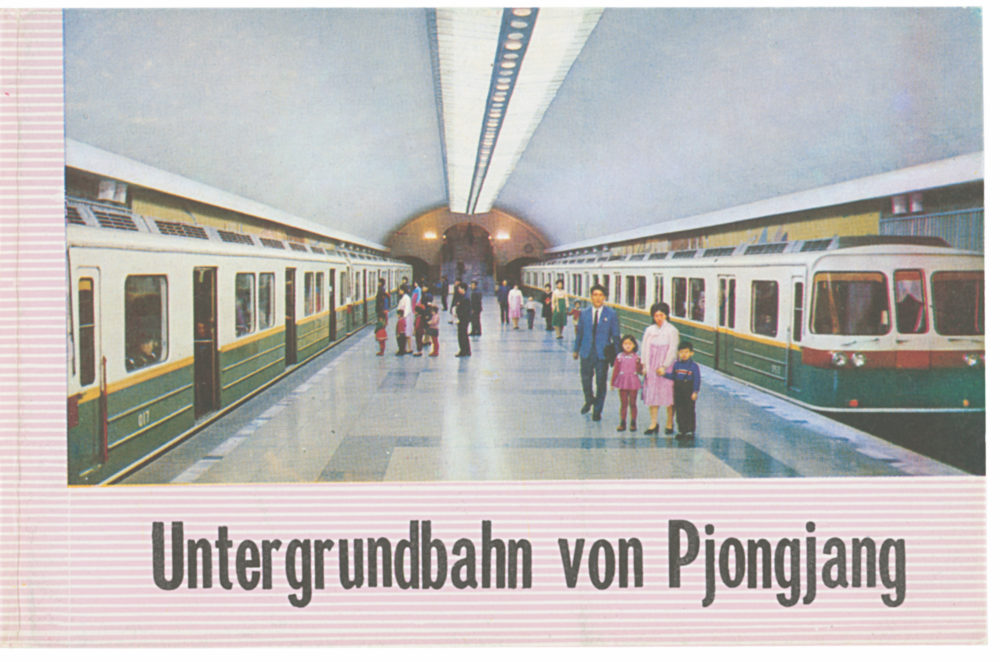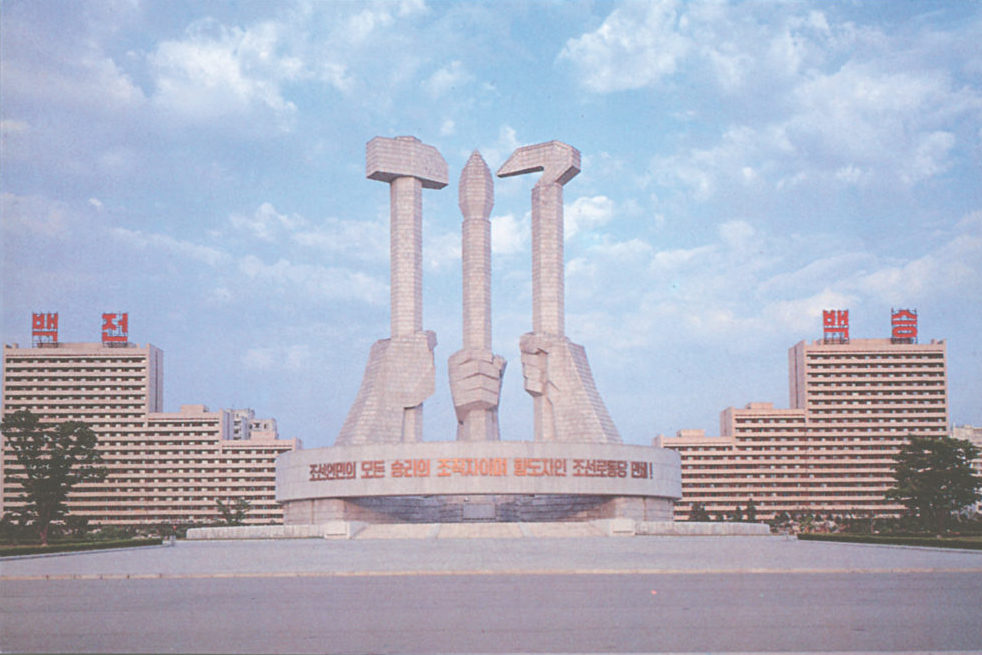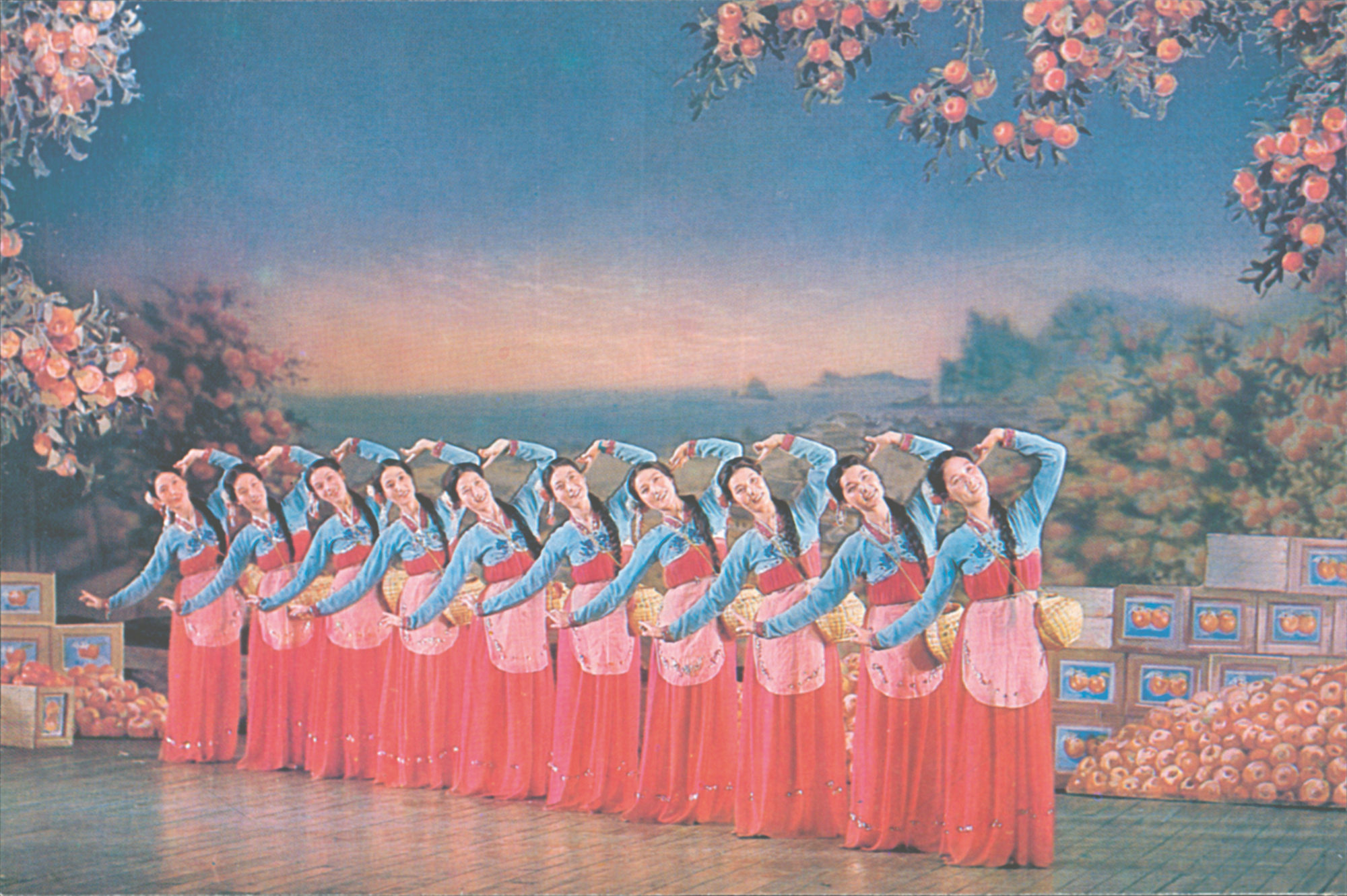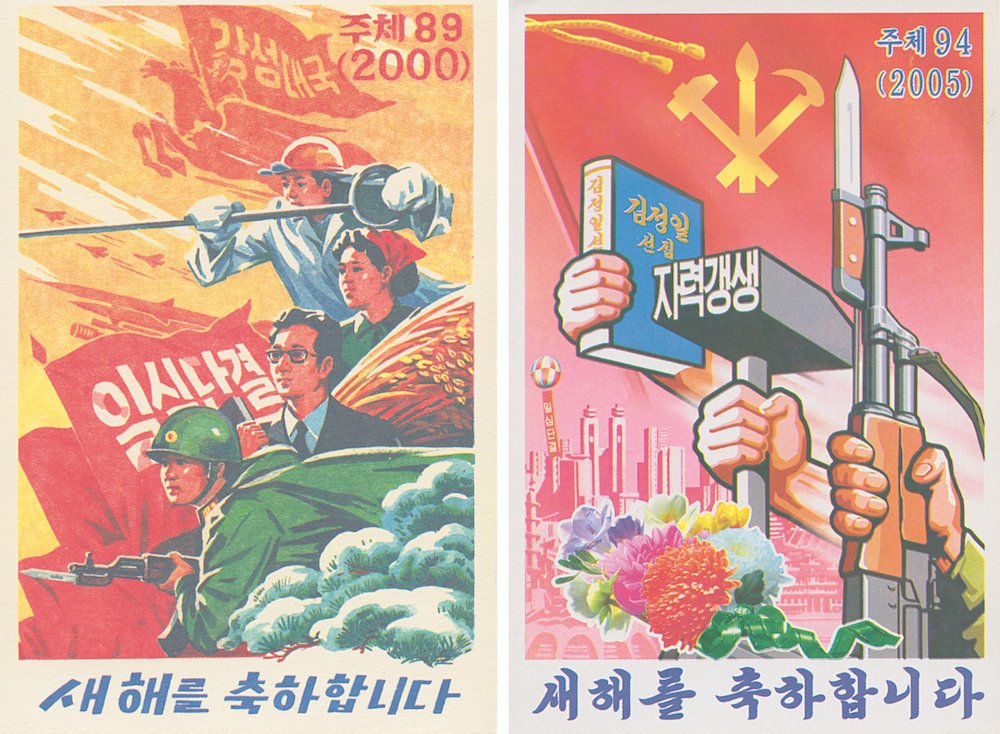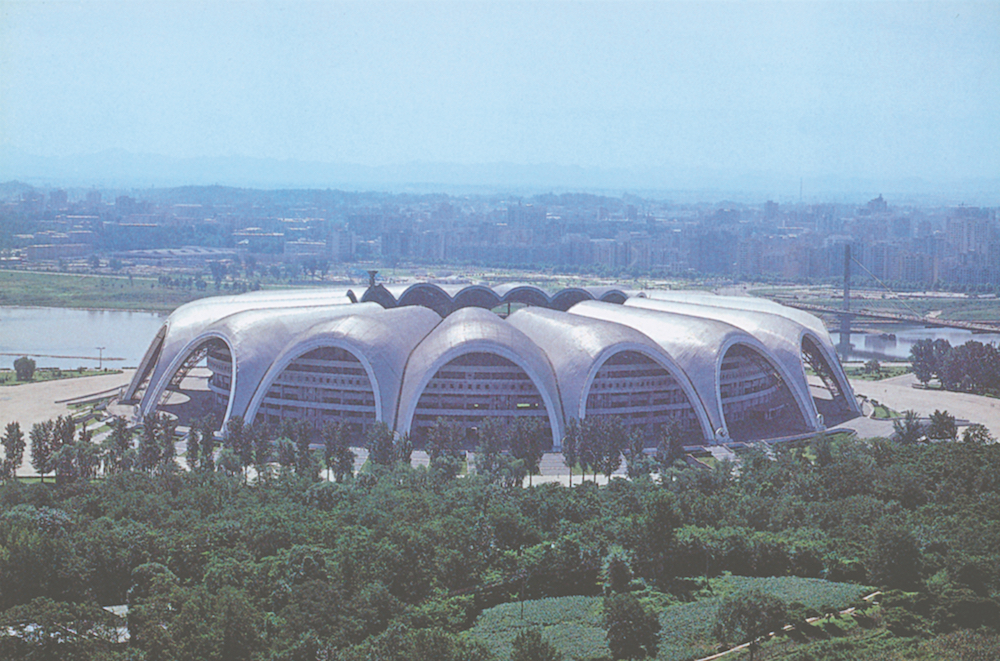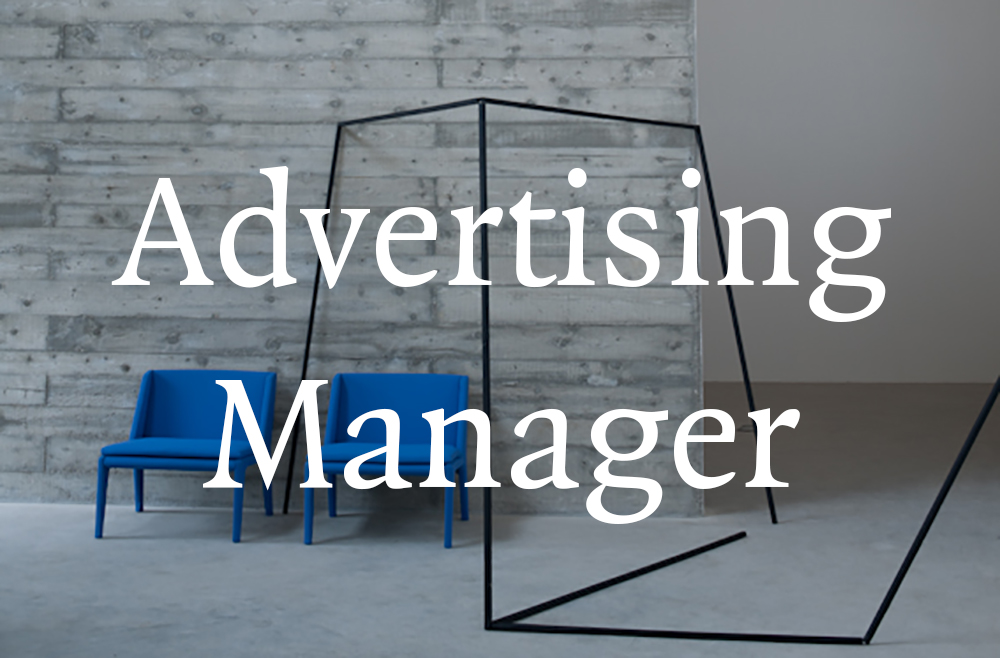Anna Stüdeli’s new book looks at the subtle messaging of advertising and gives it a different (and erotic) meaning

Advertisements are everywhere, from the food we eat, the drinks we sip to the media we consume on our phones. It’s an industry that dates back years, appearing first through printed newspapers and magazines in the mid-19th century. A crescendo arose in the 20th century with the arrival of advanced technology, unleashing its manipulative and consumerist ways onto more immediate outlets such as radio, the internet and the television. And now, the world has become so distilled in advertising that consumers – the western population – see it everywhere. It’s normal life. In fact, most might think they’re immune to its powers and are aware of how much of it is marinaded in cliche. But what happens if these images are taken out of context and given a completely new meaning?

Anna Stüdeli is doing just that in her new book Primal, published by Edition Patrick Frey and featuring around 120 close-ups of advertising posters in Zürich. The selected imagery is pulled from the photographer’s mammoth archive of over 1,2000 photographs, each of which has been cropped and zoomed in order to give a refreshed narrative to the work. She first started work on the archive in 2014, with the idea for the book following suit in 2017: “It all began with an advertising poster that caught my eye,” she tells me. “It was this advertisement for a milk substitute or something similar with a big baby face on it, that had his little mouth opened. I was totally fascinated by its pornographic appearance once I focused on the detail of the image and freed it from its content.” Paving the way for further exploration, this initial image sparked an interest and thus inspired Anna to continue photographing for the following four years, with an educational gap in-between while she studied media and film science at University of Zürich, and a photography course at Zürich School of Fine Arts.
“With Primal,” she continues, “I wanted to show a different and broader view on lust to the very homogenise image the advertisement industry confronts us with. I wanted to show eroticism in its whole, as something between lust and repulsion, something that originates in the combination of the two. Something that goes way deeper than the superficiality of today’s advertisement and which is deeply rooted in us – its primal. My book shows my interest in looking beneath the surface of things, into the depth, the hidden, the forbidden. If you take a closer look behind the shiny surface, it is all there: hair, wrinkles, holes and dirty fingernails.”

While finding inspiration for the project, Anna would take to the streets to consume everything she could in her surroundings – the moments from daily life and the advertisements that simultaneously bombard it. Or even ruin it, despite the modern day oblivion. Anna also shoots everything in analogue so that the minute details can rise to the surface with prominence: the dirt or raindrops sprinkled onto the posters, as well as the layers between the glue and sheets of paper. After time, though, the analogue prints were replaced with digital, but this doesn’t deviate from the bizarre intricacies placed onto the work. “Now, in 2021, only very few of those still exist in Zürich,” adds Anna. “So in that sense, my project is almost a historic documentation of a fast growing digitalisation of our world.”
Describing her favourite imagery from the book, Anna reverts back to the debut image once again: the one of the child’s mouth. “As explained before, it’s the first one I took. It shows how even a child’s mouth can be erotic, once you remove it from its content. If you know that it is a child’s mouth and you feel attracted to it, you feel caught in the act; you might feel disgusted with yourself. These are the emotions I am interested to evoke in the viewer.” Another image of a boy’s head looking upwards provokes a similar response as it depicts a movement of a head, “which looks like he was moaning with lust”. The up-close view magnifies the imperfections of the image – the crease, the marks on his face – and thrashes the stereotypical illusion of perfection often seen in advertising.

Anna continues to choose another prominent photo, this time of an ice skater – picked for similar reasons mentioned prior. “I was shocked by the very obvious erotic posture of this ice skater and surprised that its makers maybe didn’t realise it. The ice skater is shown performing what might be a common pose but she is depicted as if her ice skates were about to ram into her vagina.”
Anna’s work with Primal illuminates our ever-increasing dependency on the digital world, and also our numbness to its effects. Advertisements are all around us, and Anna wants you to be more conscious and to concurrently repurpose its messaging for the better – “In the subtlest [of advertising] there lies a danger, because it has the potential to shape what we perceive as normal in this world,” she notes. “I feel tough, that in the last few years, there has been an effort to make advertisements more diverse, when it comes to race for example, which is obviously positive. But that doesn’t change its general impact on us.”








